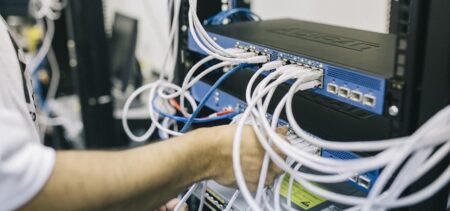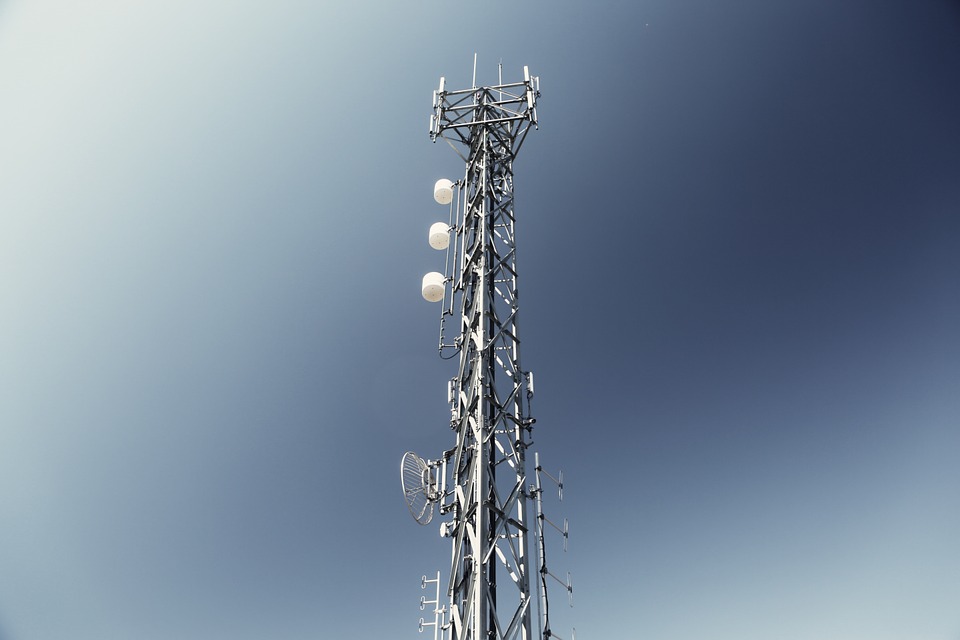This summer’s Vodafone Internet of Things’ (IoT) Barometer Report shed some light over the way IoT adoption does influence revenue growth for businesses. Looking at the way 74 percent of the Americas’ businesses view IoT as being critical for remaining successful, it is no wonder that 86 percent of the respondents have in fact increased their IoT efforts and investment over the previous 12 months.
The previously mentioned IoT Barometer is available in its whitepaper form for those interested in specific details, but most importantly the proven link between adopting IoT technologies and businesses’ well-being should signal to all interested that a new ecosystem is in the making, one that requires early integration, even if it comes in small steps, in order for enterprises to keep up with the best in their field.
The costs of adopting IoT – 2016 level
Out of the average IT budget in enterprises, 24 percent is destined for IoT-related operations, and “adopters allocate more budget to IoT than to cloud or analytics”. The investment grows over time, motivated by the dramatic results, which convince adopters even more that they are on the right track.
Realizing the true business value of the IoT determines businesses to go even deeper in terms of expenses, commitment and shift of techniques. The report shows that 56 percent of the interviewed organizations (1,100 total interviews) “have integrated IoT data into their existing core business systems such as ERP, cloud hosting platforms, analytics tools, and mobile applications.” Large-scale business transformations are enabled by IoT in 48 percent of the cases.
The gain in adopting IoT – 2016 level
The report registers an average 20 percent increase in “key business performance indicators” – an allegation that belongs to 55 percent of the adopters.
Revenue, cost and asset utilization all turn up better numbers for the 63 percent of the respondents that have seen significant ROI increases, compared to the previous year. It may be that IoT has somewhat of a slow uptake, due to various cyber-security concerns and to the need of common standards and networks compatibility, but it seems that investing in specific infrastructure is beginning to pay off.
In what employee productivity is concerned, 49 percent of the adopters in the Americas confess that they could relate increased productivity with giving IoT access to their staff – a thing that 60 percent of the interviewees have done. This phenomenon in turn contributes to the declared business benefits in terms of gains.
What type of operations does IoT adoption drive?
Since IoT is already shaping up into a business ecosystem, it is obvious why over 30 percent of the respondents use their acquired capabilities to connect multiple organizations and/or industries. Being connected is essential in this fast-paced world all businesses have to be present and many of the times the speed of access is crucial – who knows it first gets to have the first say, to make the better offer or to seize an important advantage in a strategic partnership.
Staying in the loop just got upgraded once more, in a world where the term “trending” makes all professionals more focused. Whether we like it or not, IT tech runs all businesses, and sets the rhythm in professional relationships. Once most of the peers are skillful in using this new tool, all business professionals would have to adapt. Therefore, it is better to accommodate with it rather sooner than later and to stay on top of all the new developments. Of course, there are degrees of connectivity, there are limits and boundaries that can be configured as such, but remaining outside this new system does not help in being able to refine permissions and functions.
Some employ IoT to drive business change – some transform the way they run their business by becoming more flexible due to the new opportunities (work turns remote, on-premises operations become interactive, real-time commands get more efficient, new fields of action are suddenly accessible), while others transform their business altogether in what is rightfully portrayed as a large-scale metamorphosis. Either way, the IoT concept pervades layer upon layer of connections, operations, processes. From manufacturers to distributors and marketers, all types of companies meet the new challenges and decide to take on them and turn these into tools for success.
IoT risks and why businesses decide to take them
As many of us already know, IoT meets reluctance due to its cyber-security risks. Besides these (which are often disputed by more or less biased parties), putting a great deal of someone’s business operations into the cloud, for example, can easily lead to blockage in the event of a cloud outage. Running various remote operations can face the same problems, and it may dilute a lot of a company’s culture since some of the employees could feel but a pale shadow of the main business’ values.
Nevertheless, businesses often decide to face these risks and learn how to bypass unpleasant events. There are a lot of specialized services that provide help in configuring networks, in protecting data and connections, as well as there are best practices in managing remote workforce. For some it is simply a question of costs, when all things add up, it proves more economical to choose this structure. For others it equals a step ahead towards progress, an affirmation of power, of competitiveness and, not the least, a more practical operational approach.
On whichever side you may find yourself on, information like the one coming from the IoT Barometer report indicate the major trend within the business environment, both locally as globally – so it is worth noticing these facts.

























